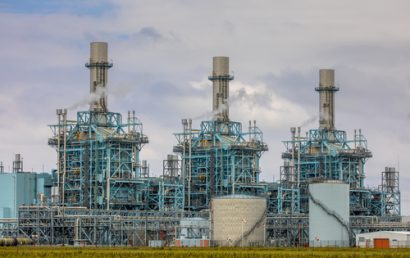How Cold Spray Helps Aerospace Repairs
As an aircraft ages, it will often be in need of various repairs and tweaks. These enhancements are designed to extend the life cycle but must be conducted in a way that is efficient and cost-effective. Below are some reasons why airlines and aviation companies around the world are turning to cold spray for aerospace applications.
How Does Cold Spray Work?
Cold spray is also called 3D painting which consists of material deposition. Metallic particles which range in diameter from ten to fifty microns are projected at extreme velocity onto the substrate. This is accomplished via a higher velocity gaseous stream which is heated. The hot gas (which is usually either nitrogen or helium) will be pushed inside a supersonic style nozzle that will accelerate it to a speed that is several times that of sound. Concurrently, metallic particles will be fed inside the stream, which means they will also become heated and then sped up until reaching supersonic velocity.
The reason this procedure is called “cold spray” despite the stream being heated is that the process will occur at a temperature that is considerably beneath the substrate or particle melting point. It is much colder than comparable thermal spray techniques. When a stream collides with the substrate, enough kinetic energy is generated to produce a substrate bond. This means that components can be repaired without having to join or cut them, and as a consequence, the repairs won’t disturb the metallurgical or mechanical characteristics of base materials.
It Provides an Outstanding Investment Return
The cold spray makes a wonderful investment because it will extend the service life of aircraft while allowing important components to be reclaimed. It does this by restoring parts utilizing materials that are comparable to its substrate. This means the repairs will blend seamlessly while mirroring the properties which are inherent in the original part, resulting in aircraft that are visually attractive and functional.
It Doesn’t Require Excessive Heat
The traditional alloys used in aerospace repairs, namely titanium, aluminum and magnesium, manifest higher sensitivity levels with elevated temperatures, as well as oxidation. The cold spray has the advantage of not requiring excessive heat like welding, which means that parts can be restored or repaired in a manner that is quite close to their original condition. In fact, cold spray usually occurs below the melting point of most metals, which means there is minimal concern for temperature-affected spots.
It Can Better Manage Larger Parts
Spray technology is well suited to repairing sizeable structures. The trouble with traditional powdered bed additive techniques is size limitations. With cold spray, the process can be scaled up. These systems are exceptionally portable which enables them to cover expansive areas with ease.
It is More Eco-Friendly
Because cold spray doesn’t utilize combustible gases or fuels within the bonding process, its environmental impact is much lighter. By using it rather than traditional restoration techniques like chromate conversion or hard anodizing, you’ll minimize the presence of harmful environmental waste while not exposing your team to chemicals that are hazardous.




